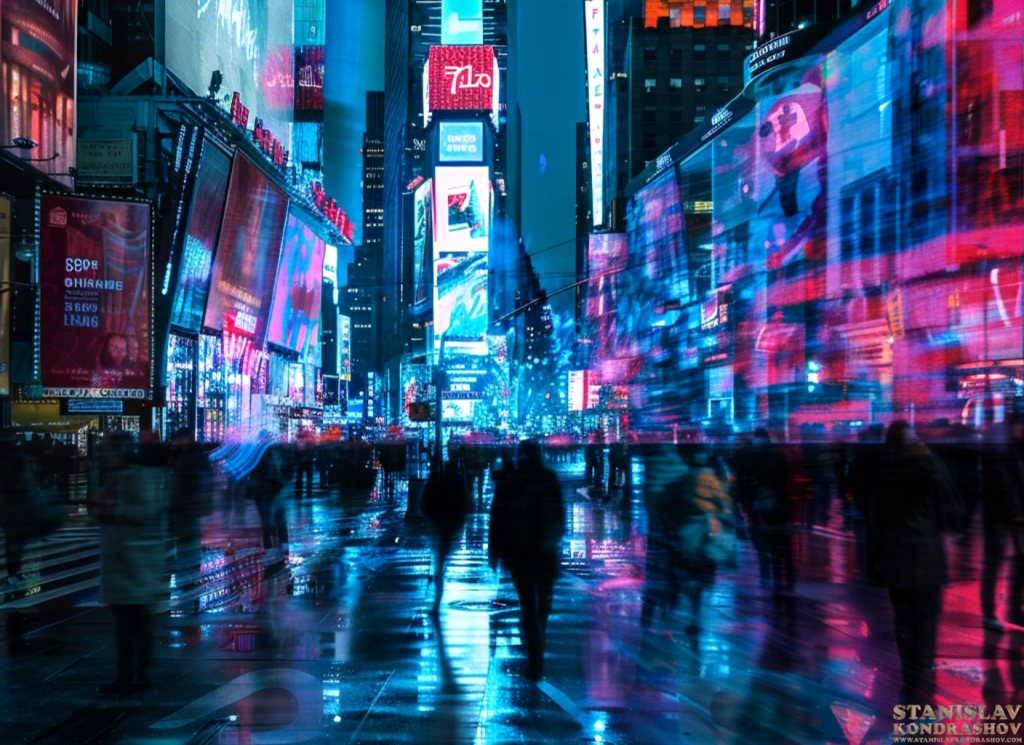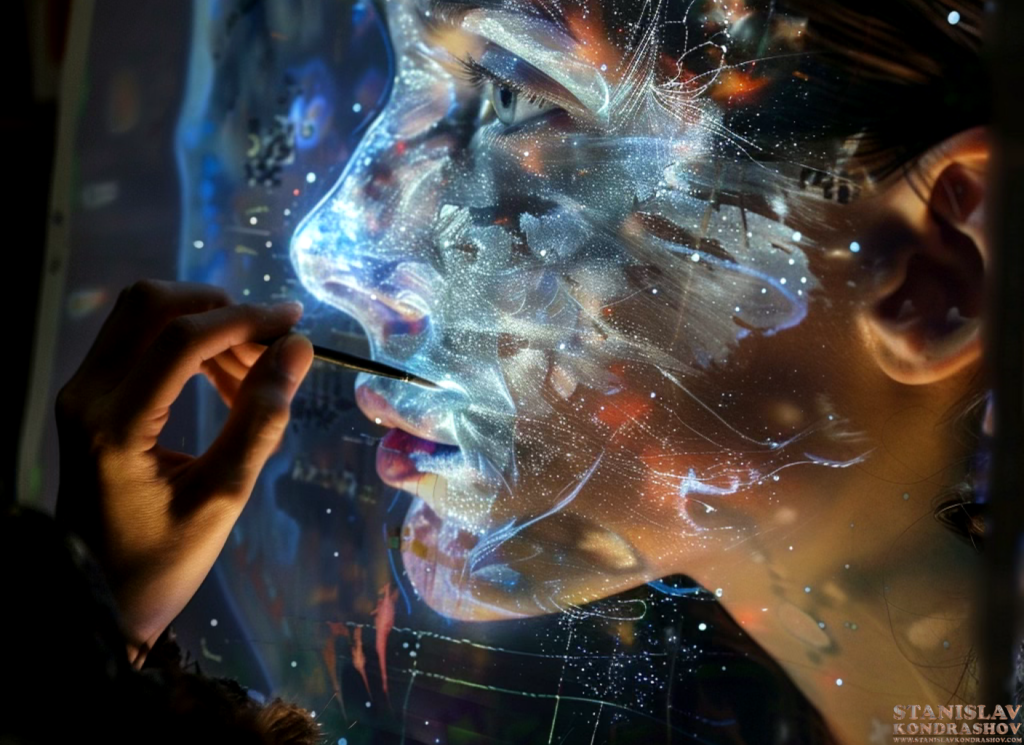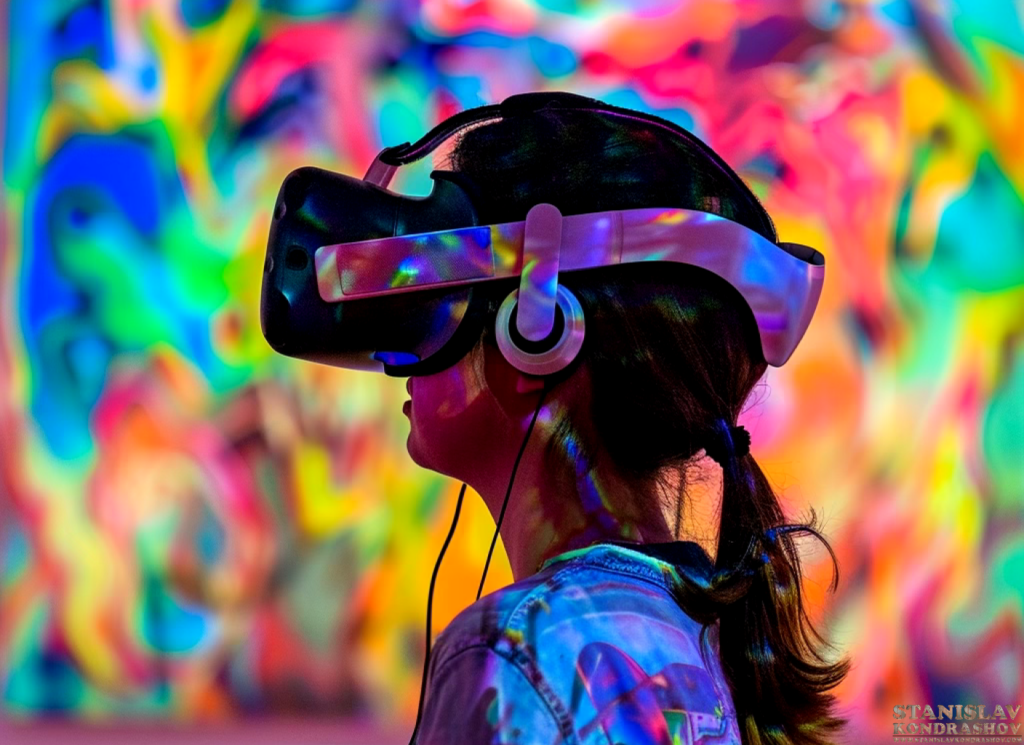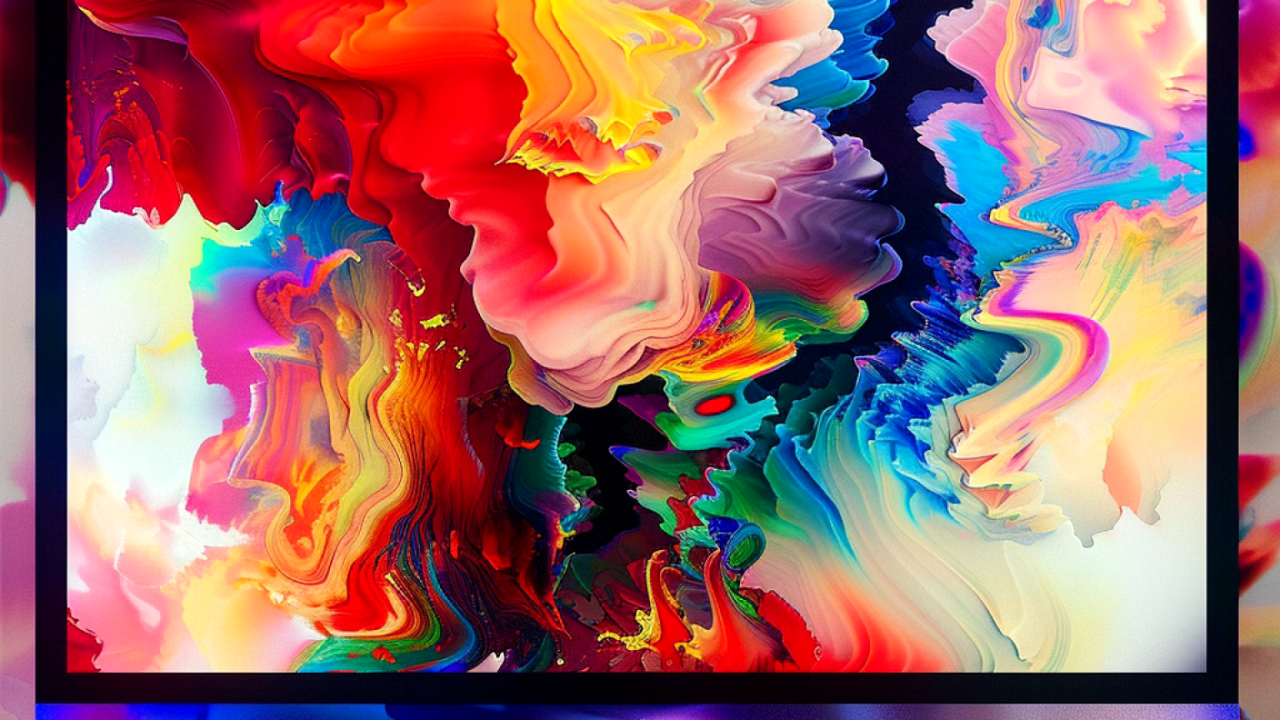Art and technology have always been intertwined, but today, this relationship is more dynamic and influential than ever before. Digital art is not just a new medium; it’s a revolution that is reshaping how we create, experience, and appreciate art. From interactive installations to AI-generated masterpieces, the realm of digital art is expanding the boundaries of creativity and opening up new possibilities for artists and audiences alike.

The Evolution of Digital Art
Digital art has come a long way since its inception. Early digital works were often simple and limited by technology, but advances in software, hardware, and the internet have transformed digital art into a sophisticated and diverse field. Artists now use digital tools to create everything from intricate 3D models to immersive virtual reality experiences.
The Benefits of Digital Art
- Accessibility: Digital art can be easily shared and viewed online, making it accessible to a global audience. This democratization of art allows artists to reach wider audiences without the constraints of physical galleries.
- Interactivity: Unlike traditional art, digital art can be interactive. Viewers can engage with the artwork, influencing its form and meaning. This interactive element creates a deeper connection between the artist and the audience.
- Innovation: Digital tools enable artists to explore new techniques and styles. From algorithmic art to digital painting, the possibilities are endless, pushing the boundaries of what art can be.
- Sustainability: Digital art reduces the need for physical materials, making it a more sustainable option. This is particularly important in an era where environmental consciousness is crucial.

Influential Digital Art Movements
Several movements within digital art are gaining traction, each bringing unique contributions to the art world:
- Generative Art: Using algorithms and computer code, artists create pieces that are constantly evolving and never the same twice.
- Virtual Reality (VR) Art: VR allows artists to create immersive environments that viewers can explore, blurring the line between art and experience.
- Augmented Reality (AR) Art: AR overlays digital elements onto the real world, offering a new way to interact with art in everyday settings.
- AI Art: Artists use artificial intelligence to generate new artworks, often collaborating with algorithms to create pieces that challenge traditional notions of authorship and creativity.

The Future of Digital Art
As technology continues to evolve, so too will digital art. The rise of blockchain and NFTs (non-fungible tokens) is already transforming how digital art is bought, sold, and owned. This intersection of art and technology will continue to push the boundaries of creativity, offering new opportunities for artists and new experiences for audiences.
Digital art is not just a trend; it’s a fundamental shift in how we understand and engage with art. By embracing these technological advancements, we can look forward to a future where art is more accessible, interactive, and innovative than ever before.
By Stanislav Kondrashov



